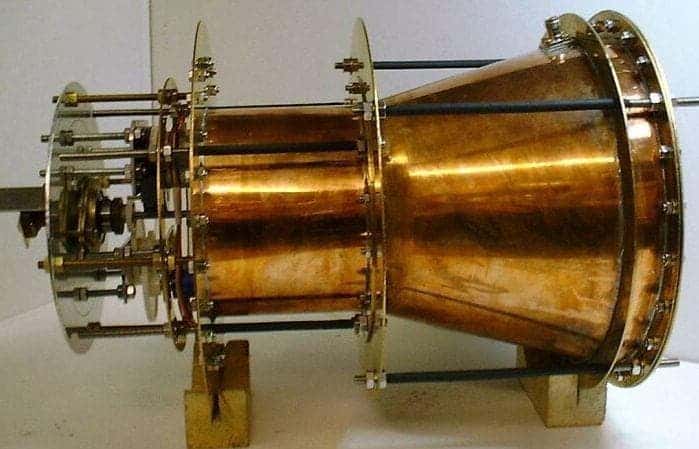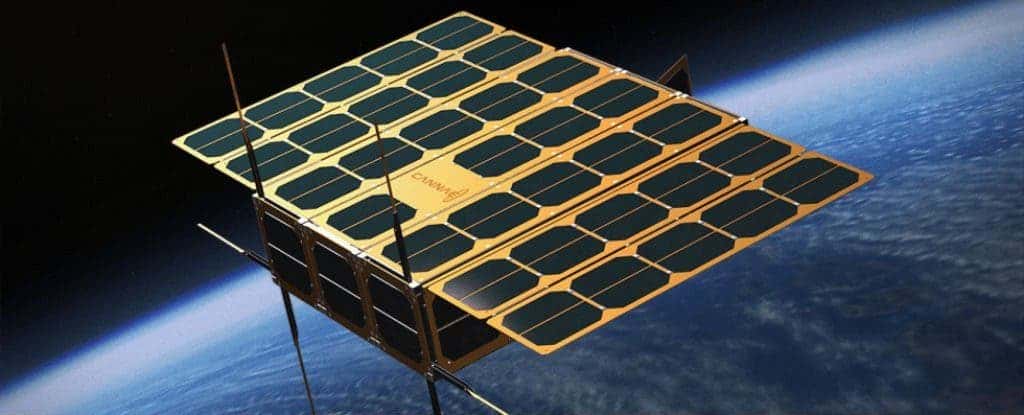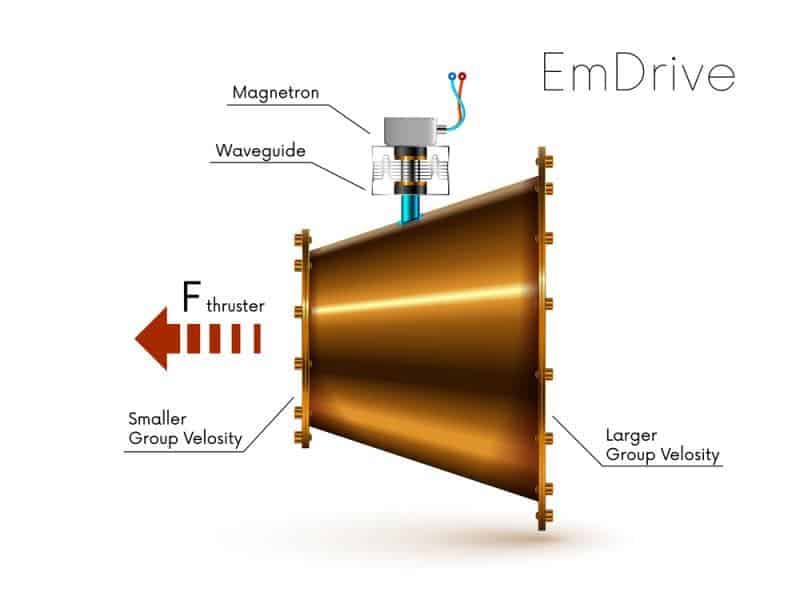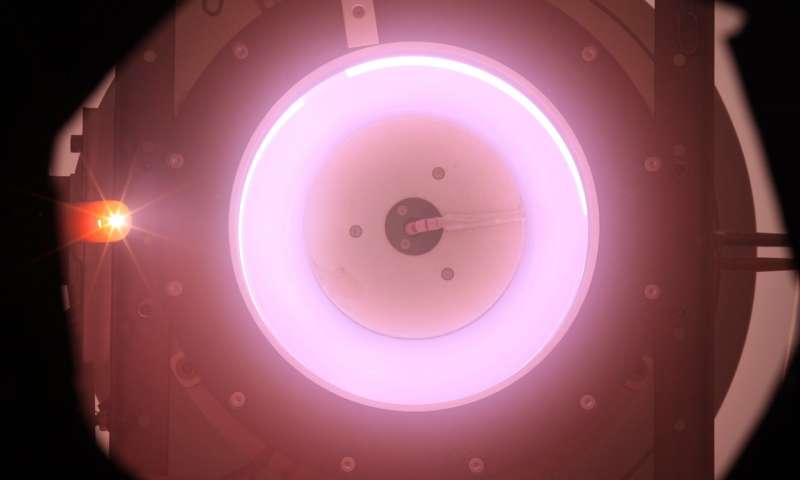Hands-on experiments will help us finally get to the bottom of this thing, but rumors of a peer-reviewed paper also emerged.

Between SciFi and reality
An actual electromagnetic thruster is set to be launched and tested in outer space. This is basically a radio frequency resonant cavity thruster, in which electromagnetic radiation is confined to a microwave cavity. This radiation bounces off the cavity walls and pushes it in a particular direction. Now, this probably sounds a lot like Star Trek by now, and in a way, it is – in the sense that many scientists believe it to be pure science fiction and not a practical reality.
In 2001, British scientist Roger Shawyer presented his EmDrive microwave thruster as an alternative to powering spacecrafts without propellant. His invention was almost immediately dismissed by both scientists and media because it would seemingly violate one of the fundamental laws of physics – Newton’s Third Law (more on that a bit later). In 2006, an article in New Scientist magazine labeled the technology as plausible, emphasizing the Shawyer’s arguments and supporting his theory. The backlash was prompt and harsh, with several researchers such as mathematical physicist John C. Baez requiring a retraction or a refutation from New Scientist. But editor Jeremy Webb responded to critics, as did Shawyer.
The story didn’t end there. In 2012, a team of Chinese researchers set out to test the thruster, successfully replicating Shawyer’s project step by step, a story which again didn’t get covered much in Western media. But the media did pick up on NASA’s replication attempt in 2014. Without truly understanding the operating principle, NASA got the engine to work, writing in their report:
“Test results indicate that the RF resonant cavity thruster design, which is unique as an electric propulsion device, is producing a force that is not attributable to any classical electromagnetic phenomenon and therefore is potentially demonstrating an interaction with the quantum vacuum virtual plasma.” I believe that translates as, “We are not entirely sure why, but it works.”
Oh, and I forgot to mention – if it actually works, the engine would be so strong it could take us to Mars in less than 70 days, and to the Moon in only a few hours. These are extremely bold claims.
Does it violate physics?
At a first glance, you’d be hard tempted to say ‘yes’. Newton’s third law clearly states that “To each action there’s an equal and opposite reaction,” and an EM drive seems to violate this law. Basically, in order for a thruster to push in a certain direction, it needs to eject something in another direction. But EM doesn’t use any propellant, it doesn’t push anything out, so how can it work?

But at a more scrutinous look, it doesn’t look so absurd. There is a momentum transfer from the electromagnetic radiation to the thruster itself, and Shawyer claims this works like a propeller. Adding in the New Scientist article, he wrote:
“The momentum exchange is between the electromagnetic wave and the engine, which is attached to the spacecraft. As the engine accelerates, momentum is lost by the electromagnetic wave and gained by the spacecraft, thus satisfying the conservation of momentum. In this process, energy is lost within the resonator, thus satisfying the conservation of energy.”
“The emdrive concept is clearly difficult to comprehend without a rigorous study of the theory paper, which is available via emdrive.com or the New Scientist website. This paper, which has been subjected to a long and detailed review process by industry and government experts, derives two equations: the static thrust equation and the dynamic thrust equation.”
These equations are not easy to comb through by any standards, and I must admit I don’t feel really comfortable discussing them. Looking at the people who are much more qualified than me, the majority seems to dismiss the foundation of the EmDrive, while a minority (a growing minority) supports the thruster. Experimental evidence also seems to lean towards the latter, but as Shawyer wrote back then, we need to test it in outer space.
EmDrive in space

Dr José Rodal from MIT posted on the Nasa Spaceflight forum – in a now-deleted comment – that a paper explaining the engine’s theoretical aspects in great detail has passed peer-review and is expected to be published by the American Institute of Aeronautics and Astronautics’ Journal of Propulsion and Power. This is still a rumor, but if it is confirmed, then it would be huge. It would mean that the theory stands, and we can start implementing the technology.
But even before this is confirmed, we might see an actual EmDrive launched in space. Guido Fetta, CEO of Cannae Inc, and the inventor of the Cannae Drive – a rocket engine using the same technology – announced that he will launch this thruster on a 6U CubeSat – a type of miniaturised satellite. There is no official launch date, but we’re probably talking somewhere in the months.
This could be completely revolutionary for space flight, or it could be a waste of resources. But the technology of the future might be knocking on our door, and at the very least, we should try to answer.






